Take a look at Samsung's new video "Untold Stories" of the Galaxy Z Fold 2 5G
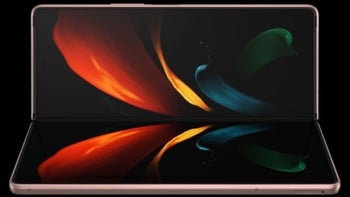
The much-improved sequel to the Samsung Galaxy Fold, the Galaxy Z Fold 2, has been unveiled and will be released on September 18th. We've gone over some of the changes between the OG model and the new version before such as the much improved 6.2-inch external display, the 120Hz refresh rate on the larger 7.6-inch internal "tablet" screen, the inclusion of the Snapdragon 865+ Mobile Platform, and the use of Ultra-thin glass on the folding display. One thing that remains the same is the price, which once again is thisclose to $2,000.
Samsung's official video gives you the 4-1-1 about the Galaxy Z Fold 2
Every phone has untold stories. The last-minute addition to the software that made the device a big hit, or the creation of an iconic design or a feature that consumers just can't get enough of. The bottom line is that if one thing didn't happen, or if one thing did happen, the phone you all know and love would be a much different product. For example, had Steve Jobs not thought about using the multi-touch feature it was developing for a tablet device, the iPhone would have been a much different product.


Today, Samsung released a new video that reveals the Untold Stories of the Galaxy Z Fold 2. The video starts off by discussing the form factor of the smartphone industry which has basically been static until the release of the Galaxy Fold last year. And as the video states, "the launch of the Galaxy Z Fold 2 marks another step toward the future.
The development of the Fold started when Samsung was creating the Galaxy Note back in 2011. Back then, people wanted a device that delivered a completely immersive viewing experience. And when Samsung delivered this with the Galaxy Fold last year, it generated plenty of questions. For example, if glass can't fold how can the Galaxy Z Fold 2 screen do so? The answer is the Ultra Thin Glass (UTG) that Sammy uses on the new model. Originally deployed on the Galaxy Z Flip earlier this year, the material is 100% glass but is processed to be thinner than a human hair.
UTG has to balance between being flexible and being strong and Samsung accomplishes this by rearranging how the rigid layers and the soft layers of the glass physically interact. This gives the UTG the strength it needs. Combined with the optimization of the adhesive used, Samsung is able to make the display flexible regardless of the temperature. Samsung ran the UTG through a series of tests and the foldable glass helps give the device "a premium look and upgraded usability."
Samsung added new and improved hardware and software to take the Galaxy Z Fold 2 experience to another level
The company then explained how it increased the size of the exterior screen and eliminated the notch. The game plan was to increase the size of the outside screen to make it as big as possible while keeping what the company calls "the satisfying grip" of the exterior screen found on the OG Galaxy Fold. To eliminate the notch, Samsung replaced the latter with the Infinity-O display. This means that a punch-hole camera is employed to keep the bezels thin on both screens.
Samsung also had to create the technology to allow the display to open and close properly. This required them to create a modern, technologically advanced hinge that is far beyond the component that was used on your 11-year old flip phone. And like it did with the Galaxy Z Flip, Samsung designed the new hinge to allow the Z Fold 2 to remain open at preset angles. There are over 60 components in the hinge itself all moving together. To keep debris from damaging some of the mechanism, a sweeper inside the device rotates twenty times a second.
The rest of the video deals with software related features including Flex Mode, App Continuity, and more. Even if you think that you know everything about the Galaxy Z Fold 2, you'll know much more after viewing Samsung's official video.



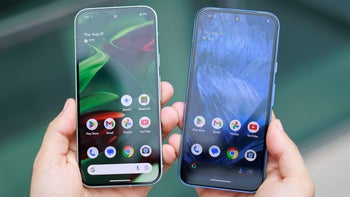

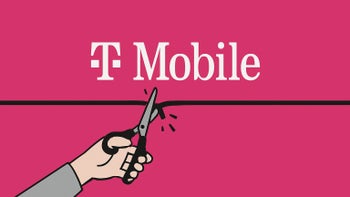

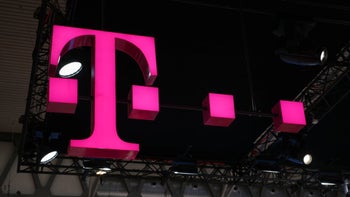


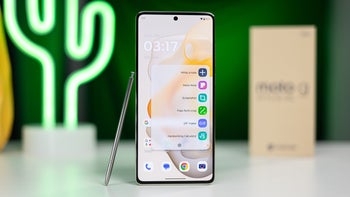
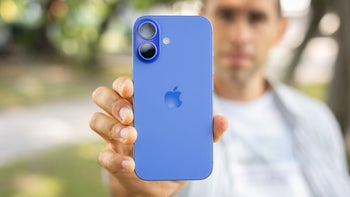
Things that are NOT allowed: